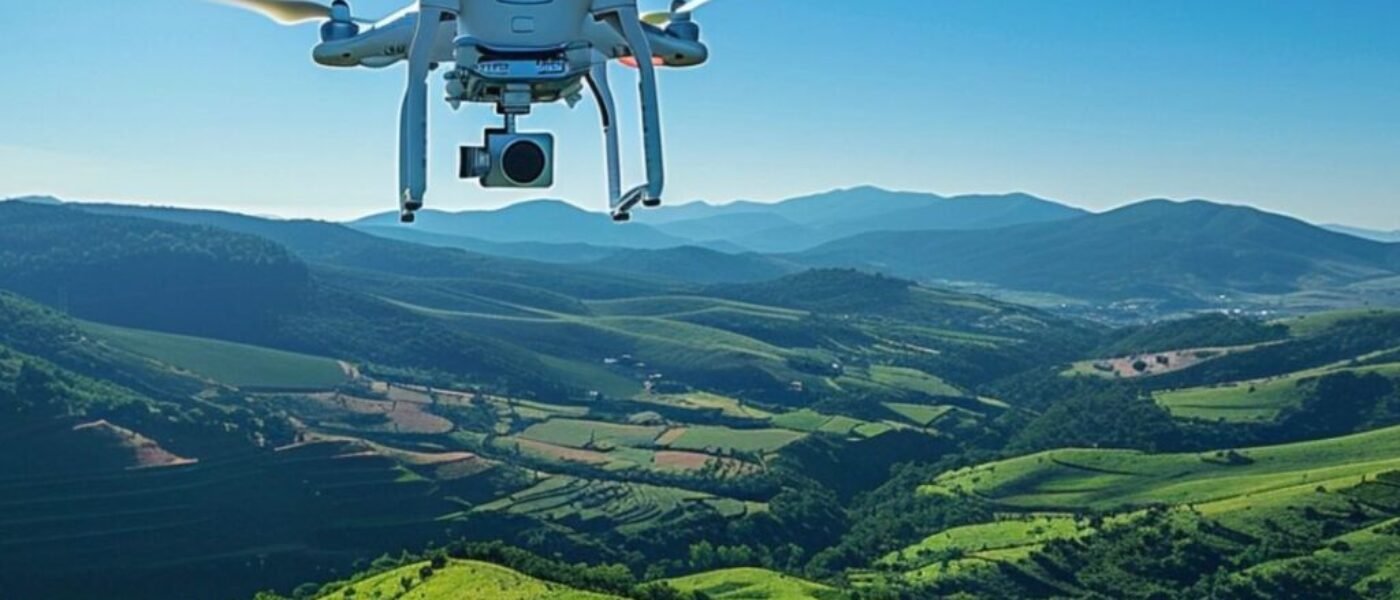Uttarakhand is embarking on an innovative journey to revolutionise its transportation system by developing drone corridors specifically for delivering essential items and medicines. This forward-thinking initiative, conceived by the state’s information technology department, aims to connect all 13 districts through a network of drone corridors, enhancing accessibility and efficiency in the delivery of vital resources to remote and hard-to-reach areas.
Given the challenging geographical terrain of Uttarakhand, where traditional road networks can be unreliable due to difficult weather conditions and rugged landscapes, the implementation of drone technology presents a promising solution. Roads often serve as the primary mode of transport in these hilly regions, but they are not always in the best condition, especially during adverse weather seasons. This can lead to significant delays and challenges in the movement of essential goods and healthcare supplies. By transitioning to drone technology, the state aims to overcome these obstacles and provide more consistent and reliable delivery services.
The concept of using drones for such purposes is not entirely new to Uttarakhand. In the past, the health department has successfully employed drones to deliver vaccines, medicines, and blood bags from the state’s capital, Dehradun, to the mountainous Uttarkashi district. This successful trial paved the way for broader adoption and greater scale, exemplifying the potential of drones to transform logistics in challenging terrains.
The initiative marks an important pivot towards modernising disaster management and emergency response capabilities in Uttarakhand. By developing these drone corridors, the state aims to leverage technological advancements to ensure timely and efficient delivery of emergency supplies and healthcare necessities. The Director General of Civil Aviation has already granted permission for the initial phase, which involves creating six key drone corridors: three in the Garhwal region and three in the Kumaon region.
The potential benefits of these corridors extend beyond just transportation efficiency. They have the promise of significantly impacting the local communities by ensuring that critical medical supplies and other essentials reach them without unnecessary delays. This is particularly important in emergencies when time is of the essence.
The state’s information technology department is spearheading this ambitious project, building on the experiences and successes from prior use cases by the health department. The focus is now on scaling up these efforts to a state-wide level, thus ensuring all districts are interlinked and can benefit from rapid drone deliveries. This strategic move is expected to ease logistical challenges, reduce dependency on road transport, and ensure that residents in remote areas have access to essential services.
Such technological integration requires careful planning and execution. It will necessitate a robust infrastructure, clear regulatory frameworks, and professional training for those managing and operating these drones. Uttarakhand’s journey toward integrating drones into its transportation systems is not just about technology, but also about fostering a new ecosystem that can sustainably support this technology.
For Uttarakhand, drone corridors represent a significant leap forward, showcasing how technology can be harnessed to overcome geographical challenges and improve quality of life. It’s an exciting development not just for the region but as a model for other states and regions facing similar logistical challenges. The success of this project could set a precedent for how other areas could utilise drone technology to enhance service delivery in difficult terrains.
This initiative also highlights the dynamic role that the state’s information technology department plays in driving innovation and technological integration to address real-world issues. By forming a special task force and focusing on the development and expansion of drone corridors, Uttarakhand positions itself at the forefront of technological innovation in India.
As the state continues to refine and expand this project, it will be fascinating to watch how drone technology shapes the future of logistics and emergency response in Uttarakhand, potentially inspiring similar initiatives across India and beyond. This is more than just a story of technology; it’s a narrative about resilience, innovation, and the relentless pursuit of progress in the face of adversity.
